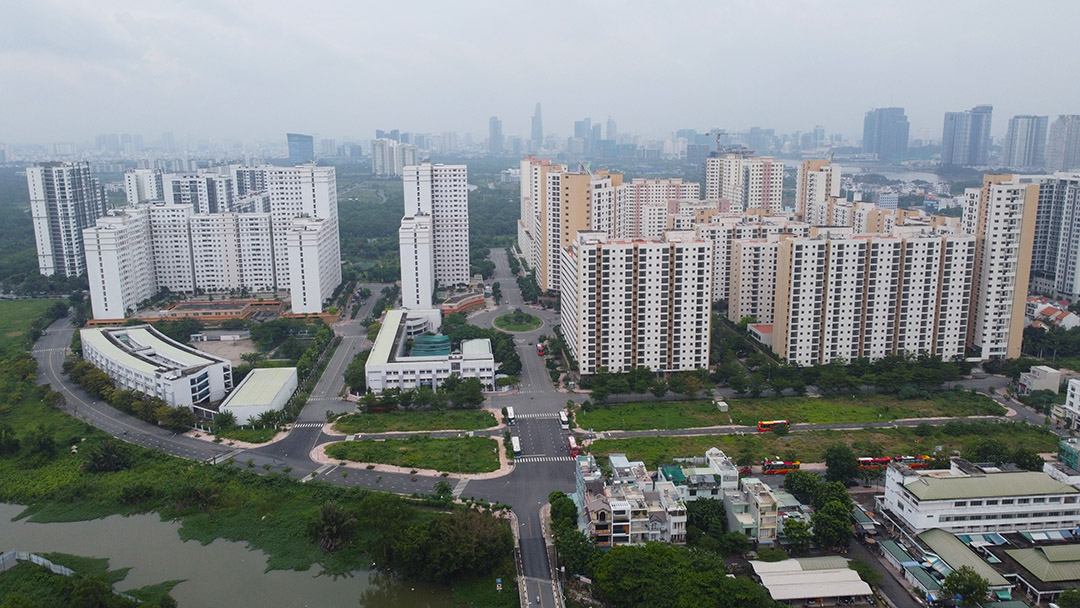HCMC – Although the housing market in HCMC has recovered since early this year, backed by the rises in supply and transactions, the future prospect remains somber.
The city’s apartment market has rebounded due to a new strong supply in the year to date.
According to Savills Vietnam, the primary market provided 13,460 apartment units in the second quarter of 2022, a 233% increase over the previous quarter and a 265% year-on-year rise, the highest since 2019.
The city’s apartment supply may reach 145,000 units by 2025, added Savills Vietnam.
The number of new apartments provided in the second quarter of 2022 surpassed the total figure reported in 2021, according to data from property service provider CB Richard Ellis (CBRE) Vietnam.
In the same period, supply in the eastern part of HCMC, particularly Thu Duc City, accounted for 88% of the total. The housing market in this area is expected to offer around 77% of the city’s total supply in the future.
Still, there has been a mismatch between data provided by the property service providers and that of the marketplace. According to CBRE, some 93% of the new supply consisted of high-end apartments costing between US$2,000 and US$4,000 per square meter. There was only one new sale in the mid-tier segment and barely any sales in the low-end market since January 2019.
There are no commercial apartments available for under VND2 billion each.
Apartment prices will climb in the following months, but at a slower rate of around 4-5%, according to DKRA Vietnam.
The market has seen some bright spots given the economic recovery and the implementation of infrastructure projects using public investment capital.
However, price increases in gasoline, construction and labor have caused businesses to reassess their selling prices.
Administrative processes, financing restriction policy and a supply-demand imbalance have further hampered the housing market.
For homebuyers, the major challenges include high property prices, high interest rates for home loans and limited access to property loans.
In the short term, there is a lack of affordable housing in the market. This segment is unlikely to have new supply for at least another 1-2 years.









